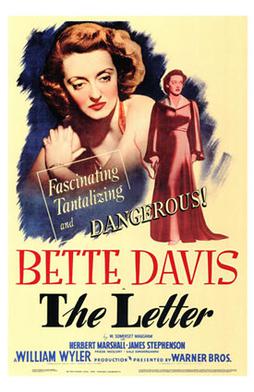 |
| Fredric March and Olivia de Havilland in Anthony Adverse |
This lead-footed, tin-eared attempt at an epic runs for almost two and a half hours, but it seems longer. Warner Bros. threw a lot of resources into it, including some top-flight actors, and earned Oscars for Gale Sondergaard (the first ever supporting actress award), cinematography, film editing, and score (an award that at the time went to the head of the studio music department, Leo Forbstein, and not to the one who deserved it, Erich Wolfgang Korngold). In fact, Korngold's score is the liveliest thing about the film, which is hamstrung by Fredric March's lack of charisma in the title role. March was a fine actor, but he seems miscast and a little too old (he was in his late 30s) in a role that calls on him to be dashing and occasionally reckless. The script, drawn from the first volume of Hervey Allen's doorstop bestseller, is full of contrivances and coincidences, made worse by some cliché-clotted dialogue and characters. The villains, Claude Rains and Gale Sondergaard, are as deep-dyed as you could want. Scheming and sneering at virtue, Rains produces one of the most memorable of villainous cackles when he laughs triumphantly, and Sondergaard narrows her eyes and flashes her teeth with snakelike relish. There's also an unfortunate episode in which Anthony goes to the Warners backlot version of Africa and becomes a slave trader, taking as a mistress a vixen named Neleta, played by the Viennese actress Steffi Duna, who does a hoochy-koochy dance that's surely not African. The problem with any summary of the movie is that it makes it sound like more fun than it is.
